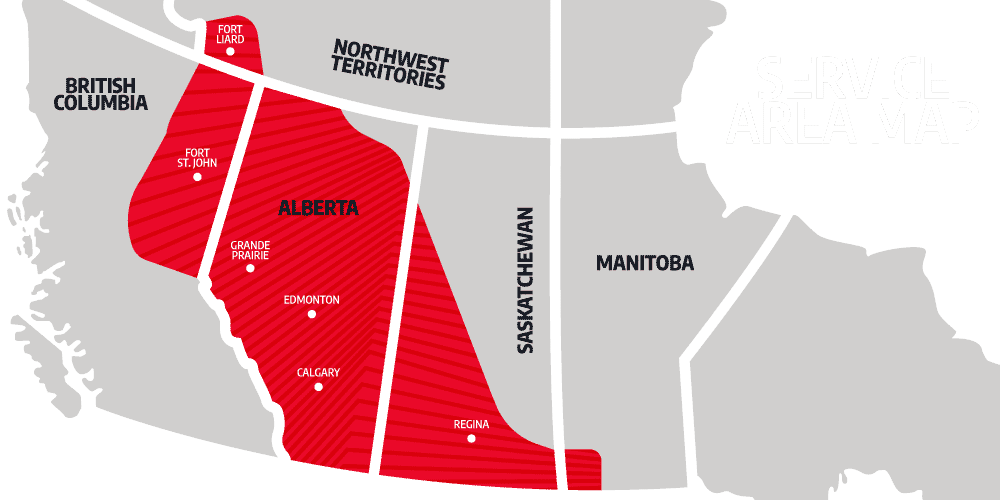Perforation Inflow Diagnostic Testing (PIDD)
Perforation Inflow Diagnostic testing is an industry-standard form of closed chamber tests performed on an under-pressured well. After perforating the well, the wellbore is closed, forcing reservoir fluids (gas, oil, or water) into a gathering system due to the under-pressure state. Pressure Builds when the well is perforated in an under-balanced condition (initial cushion pressure (pwo) < initial reservoir pressure (pi)).
Recording the pressure buildup allows Surface Solutions to estimate the initial reservoir pressure and analyze the formation permeability and skin. The pressure buildup data is collected for hours or days, depending on the reservoir’s flow potential.
In the oil and gas industry, perforation inflow diagnostic tests are sometimes referenced as slug tests, surge tests, or at a higher level, closed chamber tests (CCT).
Perforation Inflow Diagnostic Testing Process
Perforation Inflow Diagnostic, referred to as PID testing, is a modern testing process designed to produce cost-effective, valuable data sets on reservoir pressure, unstimulated gas inflow rate prospect, formation flow capacity, and near-wellbore damage conditions before a fracture treatment.
Simply monitoring the pressure response following extremely underbalanced perforating conditions, PID testing uses electronic pressure recorders capable of a high sampling rate of samples previously deemed too small to test. Unlike traditional testing procedures, the surface valve is closed during the entire testing period, and the formation fluids are delivered into a closed chamber.
Pressure is measured and converted to the corresponding gas rates based on the industry-standard closed chamber theory. PID testing is required to derive the in-situ matrix permeability, wellbore skin, and reservoir pressure by enabling the collection of pressure and rate data.
Drilling and completion operations in Alberta, Southern Saskatchewan, and Northern BC are often complicated and limited due to the spring thaw and restricted or shared road access in the summer. As a result, many wells are drilled and completed between the notoriously frigid Canadian winter months of December to March.
During these 4 months of activity in sub zero, extreme conditions, wells are drilled, cased, perforated, cultivated, flow tested for evaluation, and then tied in for full commercial production.
As a cost reduction measure during the completion operations, the wellbore is filled with frac fluid before perforating. While this practice can save rig time, it can be difficult for testing tools to differentiate a good-quality reservoir response from a poor reservoir response immediately after perforation, which causes longer test cycles to be needed.
Perforation Inflow Diagnostic testing qualifies operators to move forward after the post-frac evaluation process with minimal pressure measurements on the well to meet AER regulatory compliance and place the well immediately in production. This allows for a more economical process that bypasses the need for the extended buildup durations required to achieve pseudo-radial flow conditions that require 30-90 days after production to ensure the proper cleanup conditions are met.
Low Permeability Reservoirs
Perforation Inflow Tests are attractive in low permeability reservoirs because estimates of initial reservoir pressure(pi), permeability(k), and skin(s’) can be observed in shorter durations than traditional buildup tests, with the added benefit that they don’t require any venting or flaring into the atmosphere.
Estimates of initial reservoir pressure, permeability, and skin can often be obtained quicker than buildup tests making perforation inflow testing a more attractive option in unconventional or low-permeability reservoirs.
Surface Solutions uses surface data to monitor the ensuing pressure buildup over a set timeframe. High-resolution, high-frequency data designed for high-pressure fluid frac jobs are transmitted in real-time from the wellsite to the cloud for easy analysis and secure reporting from any device for those with boots on the ground or those back in the office. Data is also stored on secure servers to be accessed later for analytical reports and future learning.
Dependable Data
Conventional completions and testing methods of low permeability gas reservoirs involve costly logistics of balanced and underbalanced perforating, next-day stimulation treatment, surface production equipment, and the need for flaring during cleanup operations.
Due to government regulations in Canada, Operators are required to conduct buildup tests immediately after one to two days of cleanup. This process allows for some post-frac well test results to be masked by fracture fluid still present in the proppant pack and formation. These skewed results can lead to misleading estimates of reservoir and fracture parameters important for production forecasting and completion evaluation.
PID testing is a more cost-effective alternative to conventional well tests for estimating initial reservoir pressure, formation permeability, and skin in low-permeability reservoirs.
Worksite And Environmental Safety With PID Testing
More companies are relying on PID testing to provide accurate measurements of very low gas rates in tighter low-permeability gas wells previously considered too small to measure.
For Surface Solutions, PID testing ensures we can create a safer testing environment for our teams than other testing protocols. Those in the oil and gas industry understand that the remote nature of the work, types of machinery, technology, and materials contribute to high-stakes work environments. Our goal for health and safety is the prevention of accidents, loss or damage of equipment, and personal injury to our employees, clients, or the general public.
As a green well testing procedure, the environmental benefits of not requiring flaring or venting natural gas contribute to our ESG standards. Surface Solutions’ business principles identify how we hold ourselves accountable to the environment, safety performance, governance, and the community. In an ever-changing and complex environment, we are united by the common principles of our ESG and a shared commitment to the highest standards of conduct.



